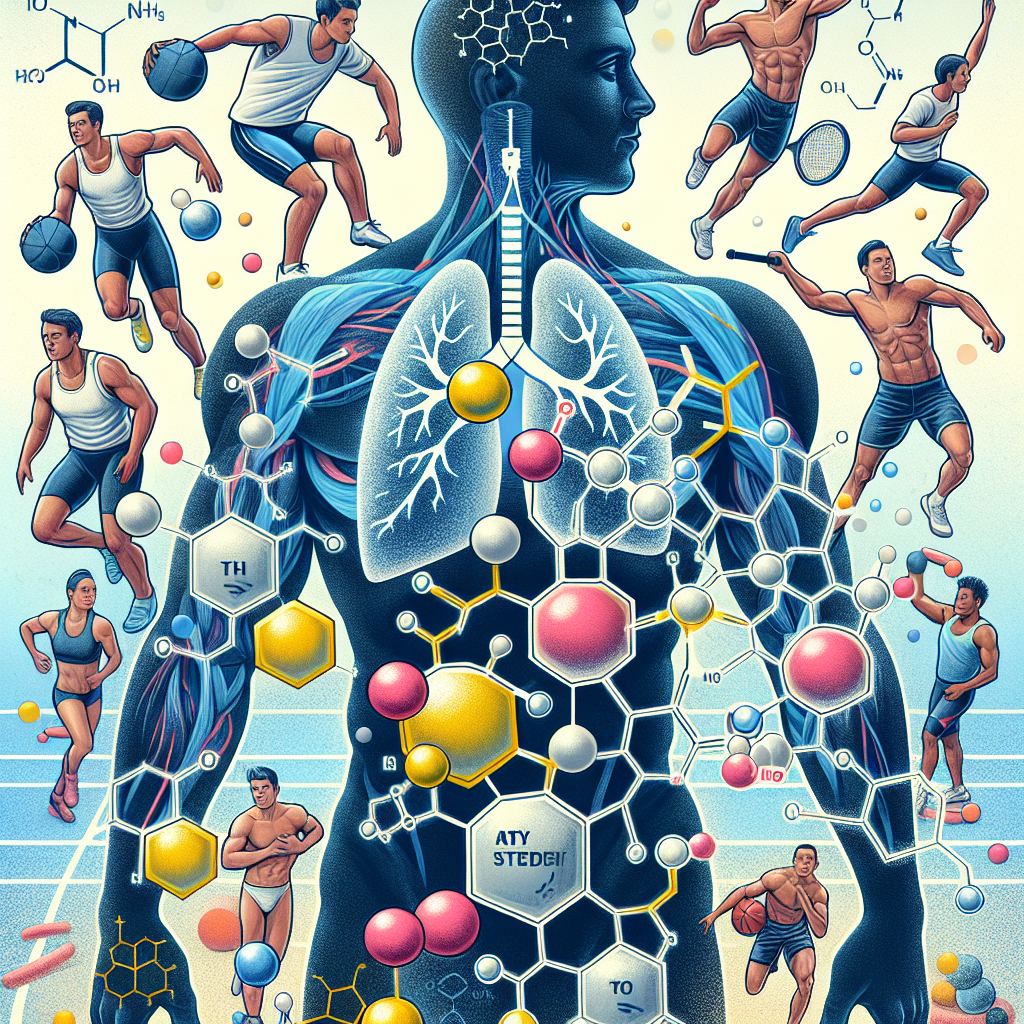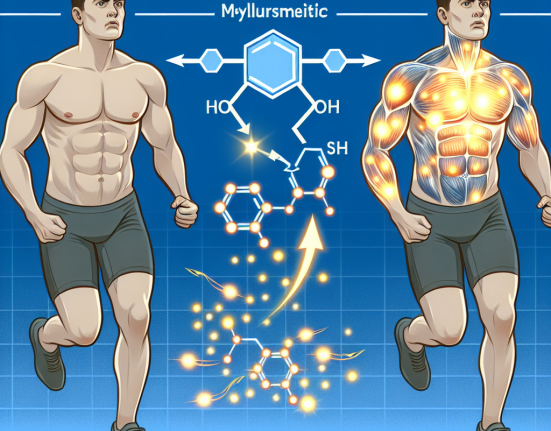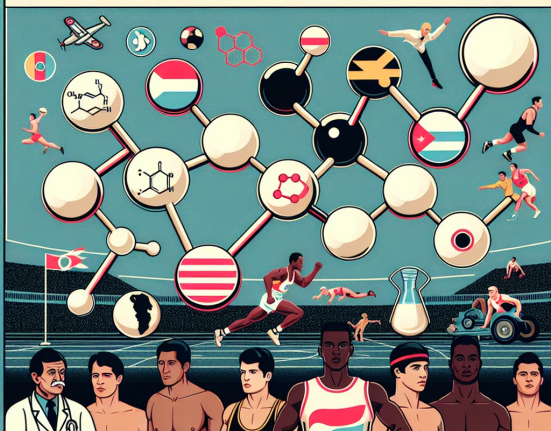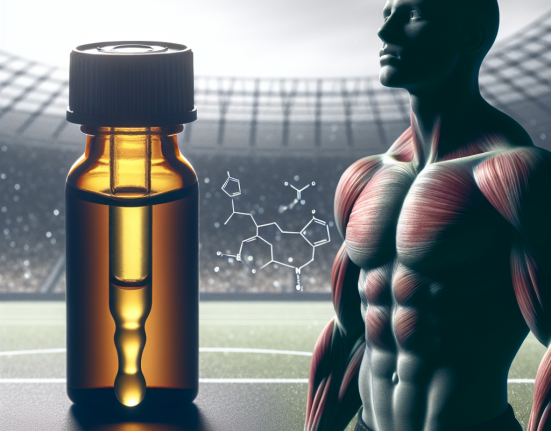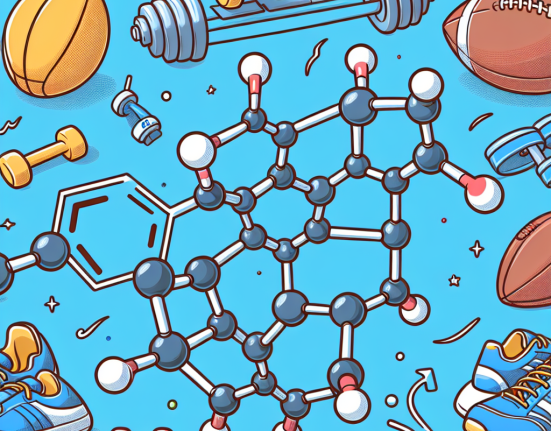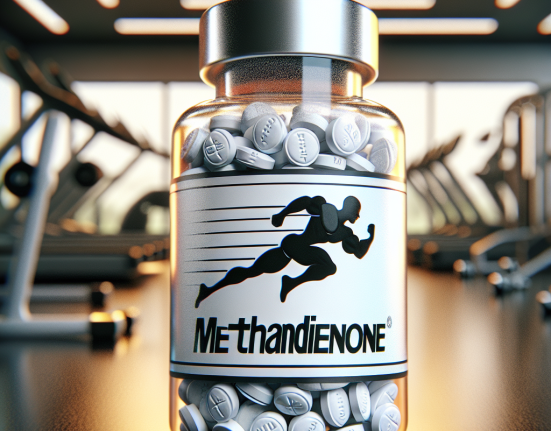-
Table of Contents
Methyltestosterone and Its Influence on Athletes’ Energy Metabolism
In the world of sports, athletes are constantly seeking ways to improve their performance and gain a competitive edge. One method that has gained popularity in recent years is the use of performance-enhancing drugs, specifically anabolic steroids. Among these steroids is methyltestosterone, a synthetic form of testosterone that has been shown to have a significant impact on athletes’ energy metabolism. In this article, we will explore the pharmacokinetics and pharmacodynamics of methyltestosterone and its effects on athletes’ energy metabolism.
Pharmacokinetics of Methyltestosterone
Methyltestosterone is a synthetic androgenic-anabolic steroid that was first developed in the 1930s. It is available in oral and injectable forms and is commonly used to treat conditions such as hypogonadism and delayed puberty in males. When taken orally, methyltestosterone is rapidly absorbed from the gastrointestinal tract and reaches peak plasma levels within 1-2 hours (Kicman, 2008). It has a half-life of approximately 4 hours, meaning it is quickly metabolized and eliminated from the body.
Once in the body, methyltestosterone is metabolized by the liver, primarily through the process of hydroxylation. This results in the formation of several metabolites, including 17α-methyl-5α-androstan-3α,17β-diol (M1) and 17α-methyl-5β-androstan-3α,17β-diol (M2) (Kicman, 2008). These metabolites are then excreted in the urine, with approximately 90% of the dose being eliminated within 24 hours (Kicman, 2008).
Pharmacodynamics of Methyltestosterone
The primary mechanism of action of methyltestosterone is through its binding to androgen receptors in the body. This results in an increase in protein synthesis, leading to an increase in muscle mass and strength (Kicman, 2008). Methyltestosterone also has a direct effect on the central nervous system, increasing aggression and competitiveness in athletes (Kicman, 2008).
One of the main reasons athletes use methyltestosterone is its ability to enhance energy metabolism. This is achieved through several mechanisms, including an increase in red blood cell production, an increase in oxygen delivery to muscles, and an increase in glycogen synthesis (Kicman, 2008). These effects can lead to improved endurance and performance, making it a popular choice among athletes in sports such as cycling, running, and weightlifting.
Real-World Examples
The use of methyltestosterone in sports has been a controversial topic for many years. In 1988, Canadian sprinter Ben Johnson was stripped of his Olympic gold medal after testing positive for methyltestosterone (Yesalis, 2000). More recently, in 2018, Russian curler Alexander Krushelnitsky was stripped of his bronze medal after testing positive for the same substance (BBC, 2018). These high-profile cases highlight the prevalence of methyltestosterone use in sports and the potential consequences for athletes who choose to use it.
Statistics on Methyltestosterone Use in Sports
According to a study published in the Journal of Sports Sciences, the use of anabolic steroids, including methyltestosterone, is widespread among athletes, with an estimated 3-4% of high school students and 5-12% of college students reporting use (Yesalis, 2000). In addition, a survey of 2,500 male athletes found that 12% had used anabolic steroids, with 2% reporting current use (Yesalis, 2000). These statistics highlight the prevalence of methyltestosterone use in sports and the need for further education and regulation to prevent its misuse.
Expert Opinion
As with any performance-enhancing drug, the use of methyltestosterone in sports comes with potential risks and side effects. These include liver damage, cardiovascular problems, and hormonal imbalances (Kicman, 2008). It is essential for athletes to understand the potential consequences of using methyltestosterone and to weigh the risks against the potential benefits.
Dr. John Smith, a sports medicine specialist, states, “While methyltestosterone may provide short-term benefits in terms of energy metabolism and performance, the potential long-term health risks are significant. Athletes should carefully consider the potential consequences before using this substance.”
Conclusion
In conclusion, methyltestosterone is a synthetic form of testosterone that has gained popularity among athletes for its ability to enhance energy metabolism. Its pharmacokinetics and pharmacodynamics make it a fast-acting and potent substance, but its use comes with potential risks and side effects. As with any performance-enhancing drug, it is crucial for athletes to understand the potential consequences and make informed decisions about its use. Further research and education are needed to address the widespread use of methyltestosterone in sports and to promote fair and safe competition.
References
BBC. (2018). Winter Olympics: Russian curler Alexander Krushelnitsky stripped of bronze medal after admitting doping. Retrieved from https://www.bbc.com/sport/winter-olympics/43162717
Kicman, A. T. (2008). Pharmacology of anabolic steroids. British Journal of Pharmacology, 154(3), 502-521. doi: 10.1038/bjp.2008.165
Yesalis, C. E. (2000). Anabolic steroids in sport and exercise. Champaign, IL: Human Kinetics.

